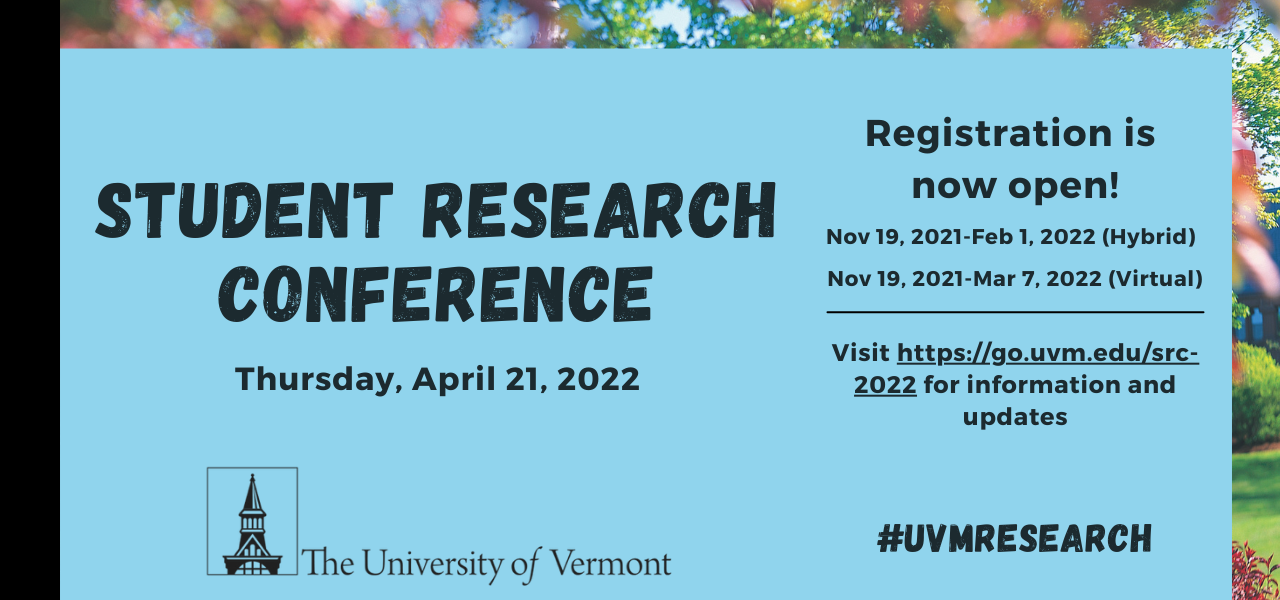He said, she read: Gender biases in resume text data
Conference Year
January 2022
Abstract
In recent years, the gender pay gap in the United States has held relatively steady with women on average earning 84% of their male counterparts’ salaries. The reasons for this gap are multifaceted—including differences in the gender composition of occupations, educational attainment, and gender discrimination. Within the topic of discrimination are societally held notions of stereotypical occupations for women and men. One approach to investigating these biases is to evaluate gender biases in language models. Examining language biases may hold promise for examining broader societal biases around careers and addressing more specific harms related to hiring pipelines (e.g., resume screening algorithms). We build on this work by investigating the gender bias in a data set of over 200 million resumes—connecting language bias with gender pay gaps. Specifically we ask, how prominent are the language differences for women and men in the same jobs and to what extent does this predict wage gaps? In this work we describe these language differences, show how they can affect the classification of workers based on their resumes, and comment on the real-world impact on compensation. These results are relevant for efforts to debias hiring algorithms and future-of-work research seeking to improve representations of workers.
Primary Faculty Mentor Name
Christopher Danforth
Secondary Mentor Name
Peter Dodds
Status
Graduate
Student College
College of Engineering and Mathematical Sciences
Program/Major
Complex Systems
Primary Research Category
Social Sciences
Secondary Research Category
Engineering & Physical Sciences
He said, she read: Gender biases in resume text data
In recent years, the gender pay gap in the United States has held relatively steady with women on average earning 84% of their male counterparts’ salaries. The reasons for this gap are multifaceted—including differences in the gender composition of occupations, educational attainment, and gender discrimination. Within the topic of discrimination are societally held notions of stereotypical occupations for women and men. One approach to investigating these biases is to evaluate gender biases in language models. Examining language biases may hold promise for examining broader societal biases around careers and addressing more specific harms related to hiring pipelines (e.g., resume screening algorithms). We build on this work by investigating the gender bias in a data set of over 200 million resumes—connecting language bias with gender pay gaps. Specifically we ask, how prominent are the language differences for women and men in the same jobs and to what extent does this predict wage gaps? In this work we describe these language differences, show how they can affect the classification of workers based on their resumes, and comment on the real-world impact on compensation. These results are relevant for efforts to debias hiring algorithms and future-of-work research seeking to improve representations of workers.


